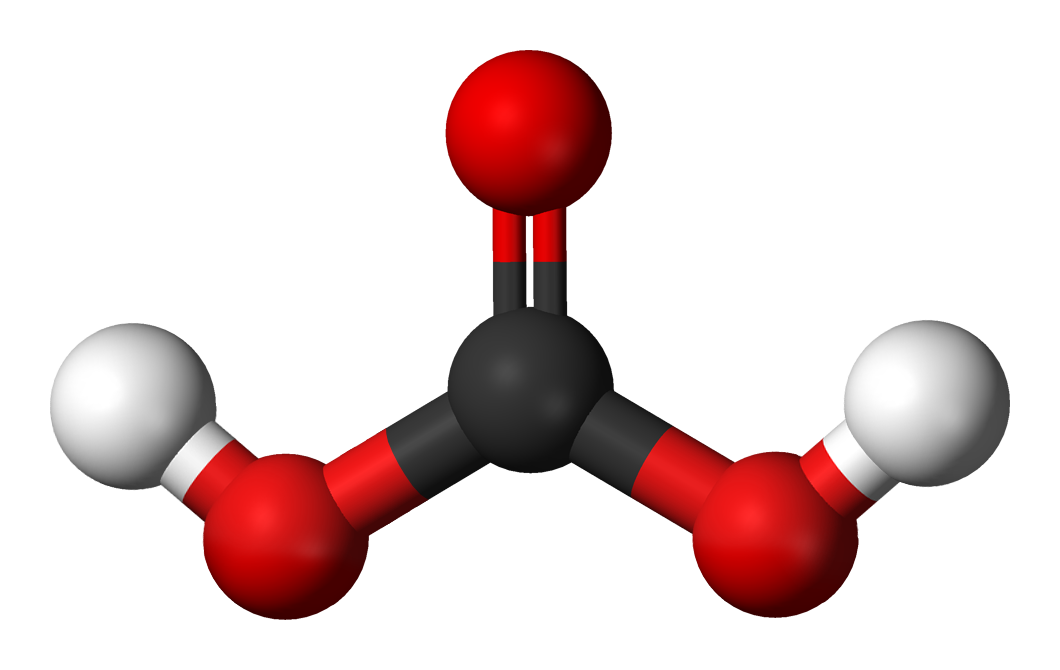respiratory alkalosis on:
[Wikipedia]
[Google]
[Amazon]
Respiratory alkalosis is a medical condition in which increased respiration elevates the blood pH beyond the normal range (7.35–7.45) with a concurrent reduction in arterial levels of
 The mechanism of respiratory alkalosis generally occurs when some stimulus makes a person hyperventilate. The increased breathing produces increased alveolar respiration, expelling CO2 from the circulation. This alters the dynamic
The mechanism of respiratory alkalosis generally occurs when some stimulus makes a person hyperventilate. The increased breathing produces increased alveolar respiration, expelling CO2 from the circulation. This alters the dynamic
carbon dioxide
Carbon dioxide ( chemical formula ) is a chemical compound made up of molecules that each have one carbon atom covalently double bonded to two oxygen atoms. It is found in the gas state at room temperature. In the air, carbon dioxide is trans ...
. This condition is one of the four primary disturbance of acid–base homeostasis
Acid–base homeostasis is the homeostatic regulation of the pH of the body's extracellular fluid (ECF). The proper balance between the acids and bases (i.e. the pH) in the ECF is crucial for the normal physiology of the body—and for cellu ...
.
Signs and symptoms
Signs and symptoms of respiratory alkalosis are as follows: *Palpitation
Palpitations are perceived abnormalities of the heartbeat characterized by awareness of cardiac muscle contractions in the chest, which is further characterized by the hard, fast and/or irregular beatings of the heart.
Symptoms include a rapi ...
* Tetany
Tetany or tetanic seizure is a medical sign consisting of the involuntary contraction of muscles, which may be caused by disorders that increase the action potential frequency of muscle cells or the nerves that innervate them.
Muscle cramps caus ...
* Convulsion
* Sweating
Causes
Respiratory alkalosis may be produced as a result of the following causes:Mechanism
 The mechanism of respiratory alkalosis generally occurs when some stimulus makes a person hyperventilate. The increased breathing produces increased alveolar respiration, expelling CO2 from the circulation. This alters the dynamic
The mechanism of respiratory alkalosis generally occurs when some stimulus makes a person hyperventilate. The increased breathing produces increased alveolar respiration, expelling CO2 from the circulation. This alters the dynamic chemical equilibrium
In a chemical reaction, chemical equilibrium is the state in which both the Reagent, reactants and Product (chemistry), products are present in concentrations which have no further tendency to change with time, so that there is no observable chan ...
of carbon dioxide in the circulatory system. Circulating hydrogen ions and bicarbonate are shifted through the carbonic acid (H2CO3) intermediate to make more CO2 via the enzyme carbonic anhydrase according to the following reaction: This causes decreased circulating hydrogen ion concentration, and increased pH (alkalosis).
Diagnosis
The diagnosis of respiratory alkalosis is done via test that measure the oxygen and carbon dioxide levels (in the blood), chest x-ray and a pulmonary function test of the individual. TheDavenport diagram
In acid base physiology, the Davenport diagram is a graphical tool, developed by Horace W. Davenport, that allows a clinician or investigator to describe blood bicarbonate concentrations and blood pH following a respiratory and/or metabolic acid-ba ...
allows clinicians or investigators to outline blood bicarbonate concentrations (and blood pH) after a respiratory or metabolic acid-base disturbance
Classification
There are two types of respiratory alkalosis: chronic andacute
Acute may refer to:
Science and technology
* Acute angle
** Acute triangle
** Acute, a leaf shape in the glossary of leaf morphology
* Acute (medicine), a disease that it is of short duration and of recent onset.
** Acute toxicity, the adverse eff ...
as a result of the 3–5 day delay in kidney compensation of the abnormality.
* ''Acute respiratory alkalosis'' occurs rapidly, have a high pH because the response of the kidneys is slow.
* ''Chronic respiratory alkalosis'' is a more long-standing condition, here one finds the kidneys have time to decrease the bicarbonate level.
pH
* ''Alkalosis'' refers to the process due to which there is elevation of blood pH. * ''Alkalemia'' refers to an arterial blood pH of greater than 7.45.Treatment
Respiratory alkalosis is very rarely life-threatening, though pH level should not be 7.5 or greater. The aim in treatment is to detect the underlying cause. When PaCO2 is adjusted rapidly in individuals with chronic respiratory alkalosis,metabolic acidosis
Metabolic acidosis is a serious electrolyte disorder characterized by an imbalance in the body's acid-base balance. Metabolic acidosis has three main root causes: increased acid production, loss of bicarbonate, and a reduced ability of the kidneys ...
may occur. If the individual is on a mechanical ventilator
A ventilator is a piece of medical technology that provides mechanical ventilation by moving breathable air into and out of the lungs, to deliver breaths to a patient who is physically unable to breathe, or breathing insufficiently. Ventilators ...
then preventing hyperventilation is done via monitoring ABG levels.
In popular culture
In ''The Andromeda Strain
''The Andromeda Strain'' is a 1969 techno-thriller novel by Michael Crichton, his first novel under his own name and his sixth novel overall. It is written as a report documenting the efforts of a team of scientists investigating the outbreak o ...
'', one of the characters is exposed to contamination, but saves himself by increasing his respiratory rate to induce alkalosis.
See also
References
Further reading
* * *External links
{{Acid-base disorders Acid–base disturbances